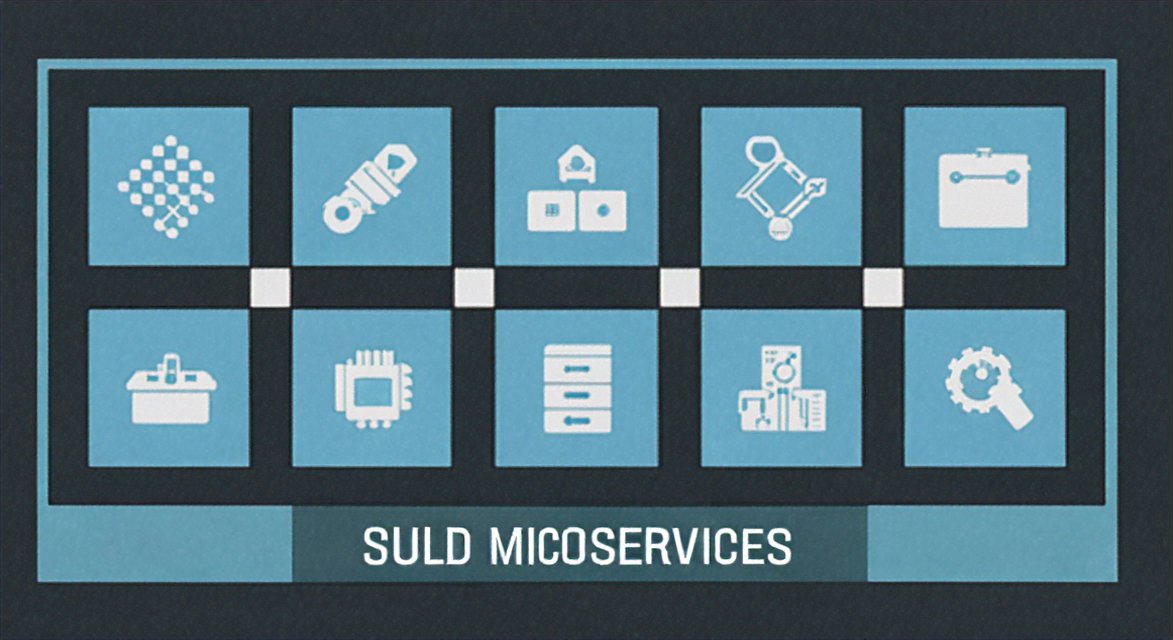Unlock the Secrets to Building Unbreakable Microservices: Master Input Handling Techniques 🚀

The Ultimate Guide to Building Robust Microservices with Effective Input Handling 🚀
Microservices architecture has become a cornerstone in modern software development, offering scalability, flexibility, and ease of maintenance. However, building robust microservices requires careful planning and execution, especially when it comes to handling input effectively. In this comprehensive guide, we will delve into the intricacies of building robust microservices and the importance of effective input handling.
Understanding Microservices Architecture
Microservices architecture breaks down a large application into smaller, independent services that communicate with each other. Each service is responsible for a specific functionality and can be developed, deployed, and scaled independently. This modular approach allows for better collaboration, faster development cycles, and easier maintenance.
Key Principles of Microservices
- Loosely Coupled: Microservices should be designed to be independent and communicate through lightweight protocols like HTTP/REST.
- Autonomous: Each microservice should be self-contained, with its own database and business logic.
- Scalable: Microservices should be designed to scale independently to handle varying loads.
- Decentralized: Microservices should be managed and deployed independently, with minimal centralized control.
The Importance of Effective Input Handling
Input handling is a critical aspect of microservices architecture. It involves receiving, validating, and processing input from clients or other services. Effective input handling ensures that the microservices are secure, reliable, and maintainable.
Common Challenges in Input Handling
- Data Validation: Ensuring that the input data is valid and conforms to the expected format.
- Error Handling: Gracefully handling errors and providing meaningful feedback to the client.
- Security: Protecting the microservices from malicious input and potential attacks.
- Performance: Ensuring that the input handling process is efficient and does not impact the overall performance of the microservices.
Best Practices for Effective Input Handling
1. Input Validation
Input validation is the first line of defense against malicious input and data inconsistencies. It involves checking the input data for correctness, completeness, and adherence to predefined rules.
- Use Validation Libraries: Utilize validation libraries like Joi or Yup to simplify the validation process.
- Define Validation Rules: Clearly define the validation rules for each input field, ensuring that the input data is consistent and valid.
2. Error Handling
Effective error handling is crucial for providing a seamless user experience and ensuring the reliability of the microservices.
- Structured Error Responses: Return structured error responses that include relevant information about the error.
- Use Exception Handling: Implement exception handling to catch and handle errors gracefully.
- Logging: Log errors and exceptions for further analysis and debugging.
3. Security
Security is a critical concern when handling input in microservices. Implementing security measures can help protect the microservices from malicious attacks and data breaches.
- Input Sanitization: Sanitize input data to remove any potentially harmful content.
- Rate Limiting: Implement rate limiting to prevent brute force attacks and abuse of the microservices.
- Authentication and Authorization: Use authentication and authorization mechanisms to ensure that only authorized users can access the microservices.
4. Performance
Efficient input handling is essential for maintaining the performance of the microservices.
- Caching: Implement caching mechanisms to reduce the load on the microservices and improve response times.
- Load Testing: Conduct load testing to identify performance bottlenecks and optimize the input handling process.
Conclusion
Building robust microservices with effective input handling is a complex but essential task in modern software development. By following the best practices outlined in this guide, you can ensure that your microservices are secure, reliable, and maintainable. Remember, effective input handling is not just about validating and processing input; it's about creating a seamless and secure experience for your users.
References
- "Microservices: Designing Fine-Grained Systems" by Sam Newman. This book provides a comprehensive guide to microservices architecture and best practices.
- "Building Microservices" by Sam Newman. Another excellent resource for understanding microservices and their implementation.
- "Input Validation in Microservices" by Martin Fowler. This article discusses the importance of input validation in microservices architecture.
- "Microservices Security Best Practices" by OWASP. This guide provides best practices for securing microservices.
- "Microservices Performance Optimization" by Netflix. This article discusses performance optimization techniques for microservices.
1. "Microservices: Designing Fine-Grained Systems" by Sam Newman 2. "Building Microservices" by Sam Newman 3. "Input Validation in Microservices" by Martin Fowler 4. "Microservices Security Best Practices" by OWASP 5. "Microservices Performance Optimization" by Netflix

